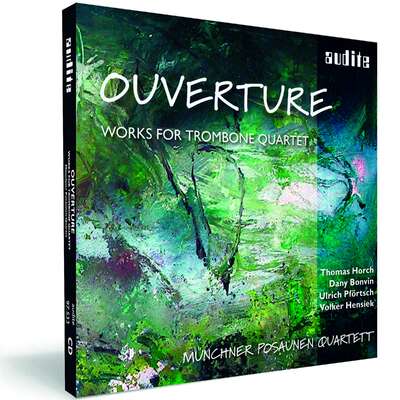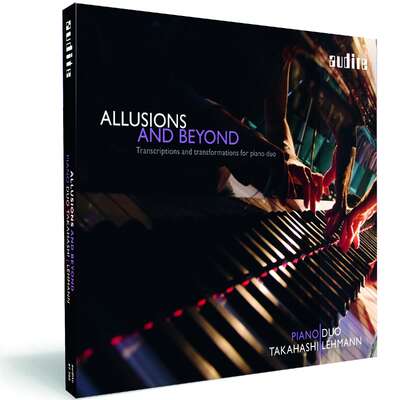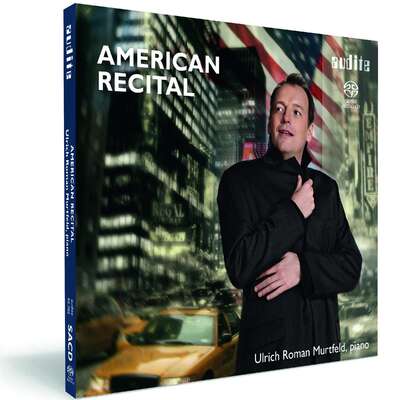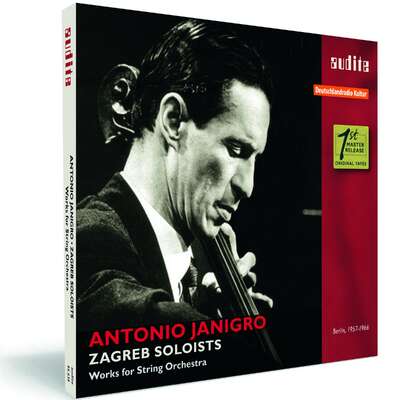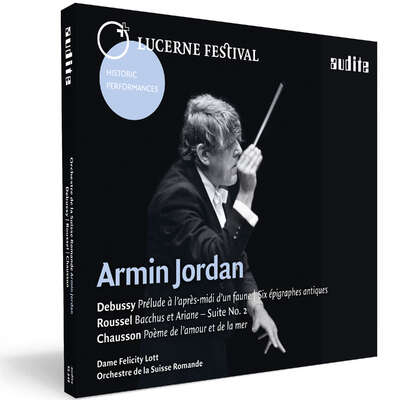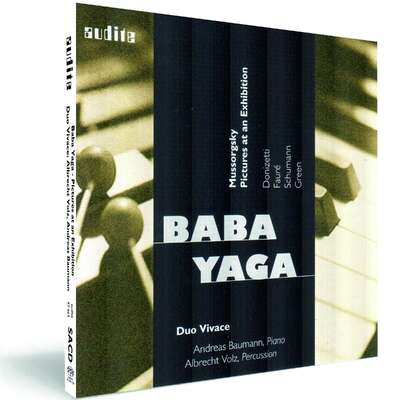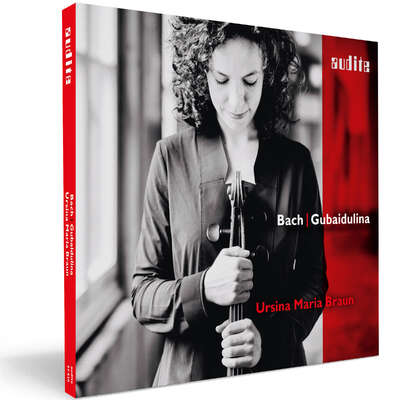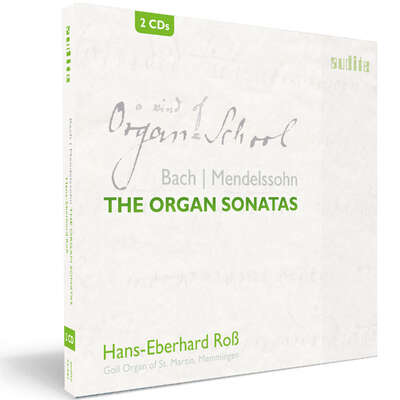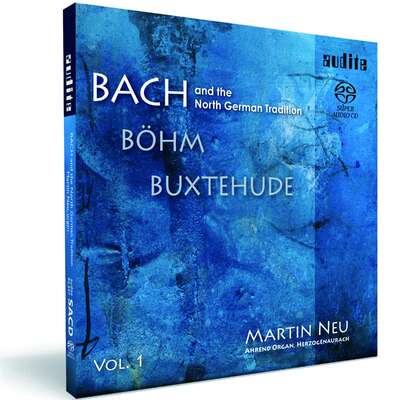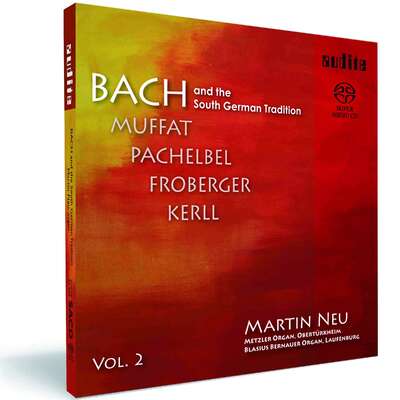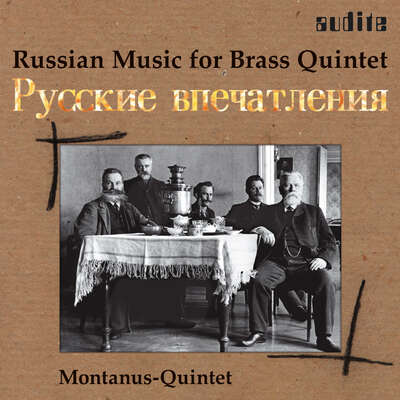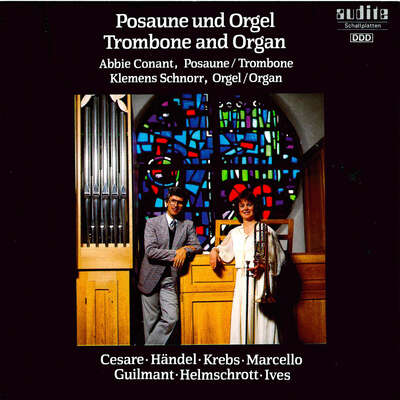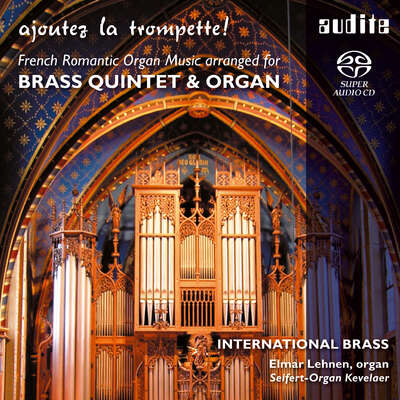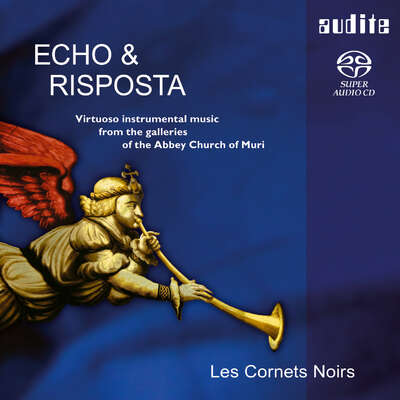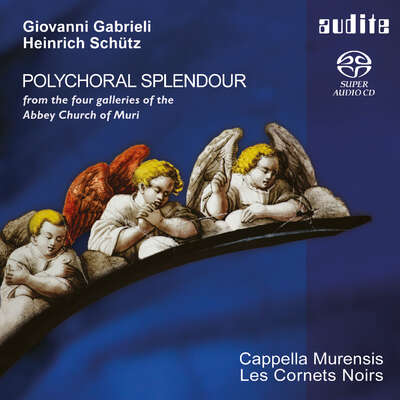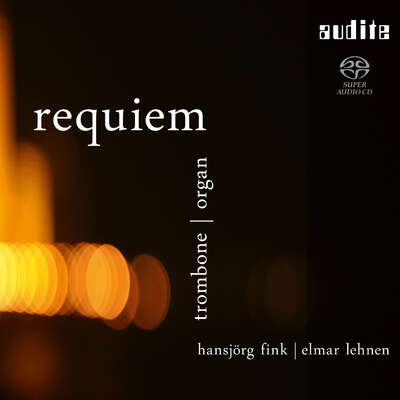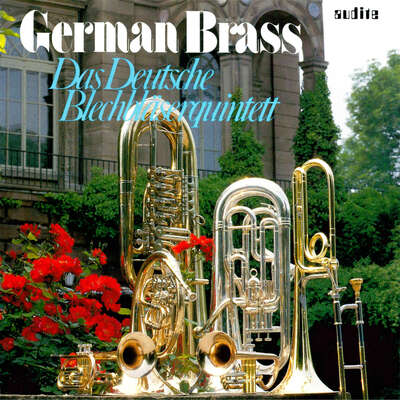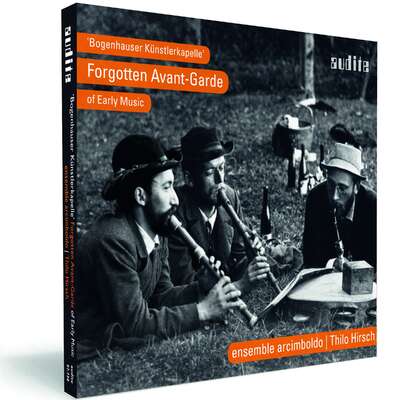
Das Münchner Posaunen Quartett hat ein anspruchsvolles Ziel vor Augen und Ohren. Die vier Musiker wollen den Facettenreichtum von 400 Jahren Stilvielfalt, nämlich von Michael Praetorius (1612) bis Samuel Barber (1936), klanglich neu aufschlüsseln. Und ihr Vorhaben ist erfolgreich: Vertrautes...mehr
Das Münchner Posaunen Quartett hat ein anspruchsvolles Ziel vor Augen und Ohren. Die vier Musiker wollen den Facettenreichtum von 400 Jahren Stilvielfalt, nämlich von Michael Praetorius (1612) bis Samuel Barber (1936), klanglich neu aufschlüsseln. Und ihr Vorhaben ist erfolgreich: Vertrautes...
Details
| Ouverture - Works for Trombone Quartet | |
| Artikelnummer: | 97.533 |
|---|---|
| EAN-Code: | 4022143975331 |
| Preisgruppe: | BCA |
| Veröffentlichungsdatum: | 24. Oktober 2007 |
| Spielzeit: | 52 min. |
Informationen
Das Münchner Posaunen Quartett hat ein anspruchsvolles Ziel vor Augen und Ohren. Die vier Musiker wollen den Facettenreichtum von 400 Jahren Stilvielfalt, nämlich von Michael Praetorius (1612) bis Samuel Barber (1936), klanglich neu aufschlüsseln. Und ihr Vorhaben ist erfolgreich: Vertrautes hört man auf der vorliegenden CD intensiver denn je, weniger Vertrautes steigert spürbar die Entdeckerfreuden zur Fortsetzung und zur Wiederholung des Dargebotenen.
Hartnäckig hielt sich lange die Aussage des barocken Musiktheoretikers Johann Mattheson von 1713, dass „der Posaunen groß und klein vor sich selbst ein vollständiges Chor ausmachen können, aber außer in Kirchen-Sachen und Solennitäten sehr wenig gebraucht werden“. – Doch nicht nur das reizte die Münchner Vierergruppe zum Widerspruch. Sie treten auch den Gegenbeweis an, dass das zu Unrecht so genannte „schwere Blech“ durchaus kammermusikalisch sanft und ausdrucksreich als „Galant Homme einen vollkommenen Begriff und Würde von der edlen MUSIC erlangen“ kann, so der barocke Gewährsmann Mattheson.
Thomas Horch ist Soloposaunist im Sinfonieorchester des Bayerischen Rundfunks. Er unterrichtet am Richard-Strauss-Konservatorium und ab 2008 an der Hochschule für Musik und Theater München.
Dany Bonvin ist Soloposaunist der Münchner Philharmoniker und Mitglied im Ensemble Blechschaden. Er ist Professor am Mozarteum in Salzburg.
Uli Pförtsch ist Soloposaunist im Orchester der Bayerischen Staatsoper.
Volker Hensiek ist Bassposaunist der Bamberger Sinfoniker. Er unterrichtet an der Hochschule für Musik und Theater München.
Besprechungen
www.critic-service.de | Dezember 2009 | Christian Ekowski | 1. Dezember 2009
Trompeten-Ensembles hört man oft, weil sie zumeist brillant schmettern undMehr lesen
www.musicweb-international.com | February 2008 | Dan Morgan | 1. Februar 2008
Brass quartets can be most rewarding, as I discovered with the recent Tetraphonics disc of 20th-century music for four saxophones. Far from being anMehr lesen
An arranger and academic Horch is no mean player either, having been principal trombonist with the Berlin Philharmonic from 1987 to 1989. At the time this recording was made – in 1996 – Dany Bonvin and Uli Pförtsch were principals with the Munich Philharmonic and Bavarian Radio Symphony Orchestra respectively, while Volker Hensiek played bass trombone in the Bamberg Symphony.
As much as I wanted to enjoy the earlier items I found there simply wasn’t enough variety of timbre and dynamic to hold my attention for long. The Praetorius dances – two ballets, a galliard and a courant – are all despatched in ringing style but there is an relentless quality to the music-making that may deter all but the most dedicated brass fans. Yes, the Bach Prelude and Fugue is neatly done, the opening of the prelude especially sonorous, but there is little character here. The fugue fares rather better, with some deft articulation, but ultimately it all seems a little bloodless.
The Boismortier – originally scored for three flutes and continuo – is cast in the form Adagio-Allegro-Largo-Allegro, the faster movements full of brio and bite, the Largo characterised by a pleasing instrumental blend and real gravitas. Perhaps a warmer, more expansive acoustic might have helped to tame the trombones’ natural edge, especially in the more exposed upper registers.
Some extra ‘air’ would certainly been welcome in the ‘horn call’ at 4:06 in the Rossini but that said the players achieve some wonderful, rich sonorities in the run-up to the famous gallop. The latter is dashed off in great style; surely one of the more invigorating and infectious arrangements on this disc.
Curiously Barber’s Adagio, derived from the second movement of his String Quartet No. 1, Op. 11, has become synonymous with sadness and tragedy. Indeed, listeners of BBC Radio 4’s Today programme voted it the ‘saddest’ piece of classical music ever written. The natural timbre of the trombone – especially in the lower registers – may lend itself to mourning but to their credit the Munich quartet invest the long, flowing melodies with a genuine sense of nobility. The climax is splendid but it’s the gentle ending that is most moving. This really is exceptional playing, sensitively done.
The Petite Suite is not the work Debussy wrote for four hands in 1869 but a suite of the arranger’s own choosing. First up is the delightful Minstrels from Book I of the Préludes. Delectably sprung, the piece has all the harmonic colouring of the piano original plus a real sense of fun. Taken from the same book The Girl with the Flaxen Hair is rather more serene – after all it is marked Très calme et doucement espressif – eliciting some secure and surprisingly tender playing. There’s nothing restrained about the jazz-inflected rhythms of Golliwog’s Cakewalk, from Children’s Corner (1908). Again the quartet bring a welcome degree of spontaneity to the music, especially in the staccato chords that pepper the piece.
They also rise to the rather different rhythmic challenges of Brahms’s 3rd and 4th Hungarian Dances, which come across with plenty of vigour. As a foil to this Magyar moodiness comes the Italianate warmth of the overture to Donizetti’s comic masterpiece Don Pasquale. Full of wit and point this is a real test of the trombonists’ expressive skills. Needless to say they are more than equal to the task.
This disc gets better with repeated listening, but I still feel the early pieces are the least successful. From the Barber onwards matters improve, though; it’s impossible not to smile at the humour of the Cakewalk or bask in the genial warmth of Pasquale. The liner-notes – in English and German – are surprisingly informal, which gives you a pretty good idea of the players’ approach to the music. Well worth a spin, even if this isn’t your usual fare.
Der neue Merker | 01/2008 | Dorothea Zweipfennig | 1. Januar 2008
Bläser-Musik nicht nur zu Weihnachten mit dem Münchner Posaunen Quartett,Mehr lesen

